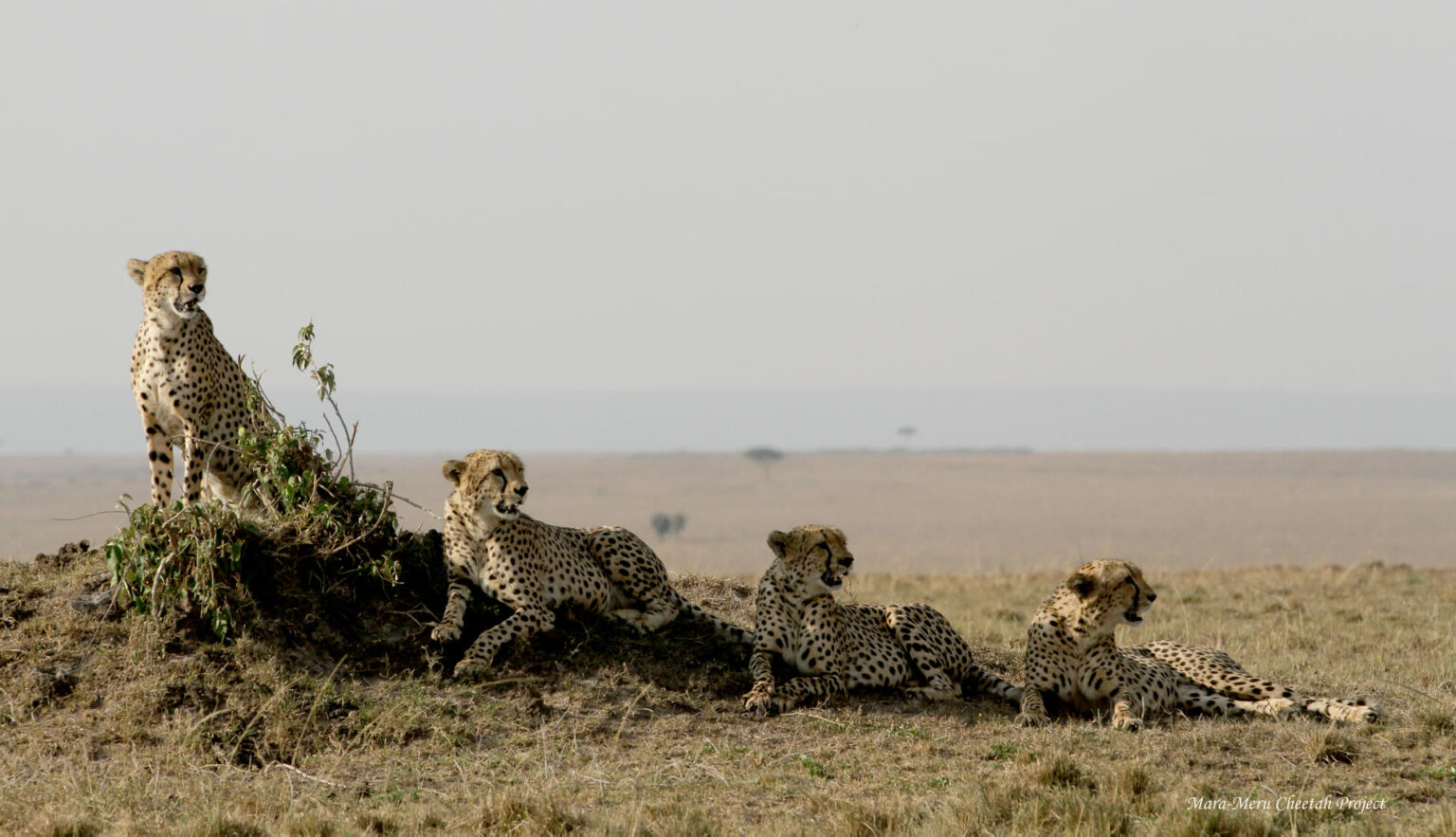The world’s fastest animal is staring into the face of extinction, due to anthropogenic threats such as poaching, Habitat loss, Human-wildlife conflict, and the illegal pet trade. These threats collectively have led to the African Cheetah being listed as vulnerable in the IUCN red list.
The Cheetah ranges all across Southern Africa and East Africa including Somalia, Kenya, and Tanzania.
Cheetahs are the smallest species of big cats to roam on the face of the earth, they are not built like Tigers or Lions, and they have weaker jaw muscles as compared to other big cats but they are the fastest among all other species of big cats, their long tail acts as a rudder which helps them to maintain balance and change direction when running. They primarily inhabit the open savannah grasslands where they can run uninterrupted without encountering obstacles like trees and shrubs.
Threats
Habitat loss- The biggest threat the Cheetahs face today is habitat loss, as more and more humans expand and encroach into the Cheetah habitats the Cheetah habitat becomes more fragmented leading to loss of prey base and inability to find mates and raise young ones, it inadvertently leads to the local extinction of Cheetah in the fragmented habitat, if not managed properly then the locals will encroach even more into the Cheetah habitat citing the lack Cheetah as an excuse to encroach even more, such predatory practice is often not because the local communities don’t want Cheetah’s to Co-exist with them,it is more often than not due to poverty and growing human population.
Poaching and the illegal pet trade- Poaching is the next biggest threat to the Cheetah after habitat loss, Cheetaah’s are poached from the wild for their fur, skin, and body parts, in some parts of Africa Cheetah body parts are used in traditional medicine and black magic, sport hunting is also a big problem for the Cheetah population, in Namibia alone 1000 Cheetahs are hunted annually for sport. Cheetahs are also hunted for the illegal pet trade in which the female Cheetah is killed off to be used for their skin and body parts while the young cubs and sub-adults are sold to be as pets of the rich in the Middle East. Cheetahs are often seen as status symbols in Africa and hence they are taken from the wild when they are still a baby to be kept as pets.
Conservation
While Conservation in general has a framework that applies to all animals, the difference lies in the specifics that distinguish the conservation of different animals, it all depends on the behavior of the species in question. Many organizations in Africa are working to preserve this magnificent and adorable species for future generations such as
The Cheetah Conservation Fund (CCF)- The CCF is based in Namibia where they lead a number of projects aimed towards Cheetahs some of them are anti-poaching patrols, Community conservation projects, and Cheetah ecology and behavior research.
African Wildlife Foundation (AWF)- The AWF is another organization that has projects in Kenya, Tanzania, and Mozambique aimed at Cheetah habitat restoration and community awareness and education. and Human-Wildlife conflict Projects.
Another major Organization is the Wildlife Conservation Society which funds and runs many Community-based conservation Initiatives in Africa.
The Future of the world’s fastest land mammal is uncertain owing to the enormous anthropogenic pressures it is facing it may even become locally extinct in some countries in our Lifetime but regardless we as humans should own up to our responsibilities and protect the Home which we live in, that is Earth.
